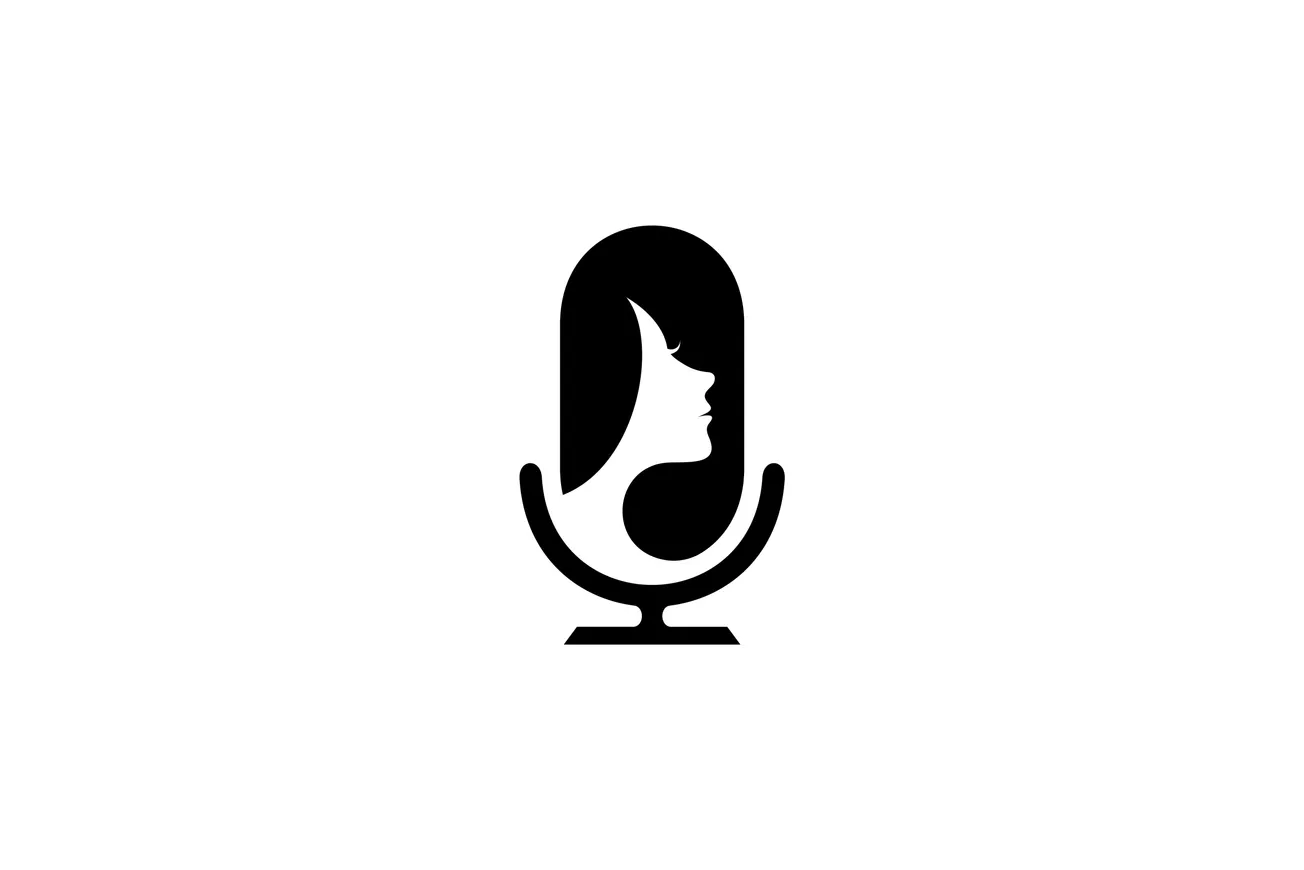The biggest untapped opportunities for podcasters may lie in small towns, according to new industry research.
Rural listeners allocate just 6 percent of their daily audio time to podcasts, compared to 13 percent in urban areas, with suburbanites falling in between at 11 percent, the latest Share of Ear survey from Edison Research says.
While city dwellers are moving toward podcasts and away from AM or FM, radio still dominates rural areas, capturing 43 percent of time among rural listeners. Radio’s share drops to just 34 percent in urban areas, with the suburbs again splitting the difference, according to Share of Ear.
This disparity underscores the pronounced growth opportunity for podcasting, particularly in targeting the underrepresented rural listeners.
Part of that trend may lie in local content, or lack thereof. Maps.fm, a site mapping podcasts by location, shows a multitude of options in bigger US cities, but very few podcasts based in rural areas. Their database, which is subscription-based, isn’t a complete directory, but shows few to no podcast or episodes based in rural areas. In Nebraska, for instance, no podcasts show up outside of three of the biggest cities in the state (Omaha, Lincoln and Scottsbluff.) A similar look emerges in Nevada, where only two podcasts show up outside of Las Vegas or Reno, and in the Dakotas, with sparse podcast options.
Podcast analytics services don’t mention rural topics or agriculture in topic breakouts.
Edison Research's findings do reveal one consistent pattern: the combined listening share for AM/FM radio and podcasts is nearly identical across all locales, fluctuating slightly between 47% and 49%. This consistency suggests that while the distribution between radio and podcasts varies by location, the overall 'time budget' for these audio formats remains stable across different areas.
The latest insights from the Share of Ear study also indicate that podcast listening reached a new peak during the third quarter of 2023, capturing 11% of audio listening time, a trend that persisted into the fourth quarter.
Meanwhile, AM/FM radio, though still commanding the largest share of audio time at 36%, experienced a modest decline, dropping one percentage point from the previous quarter.
Streaming music services have also seen an uptick, claiming a 20% share of daily listening time for the first time, indicating a shift away from owned music formats like CDs, vinyl, and personal digital files, which have seen a decrease in share.
The quarterly Share of Ear study measures all audio usage among Americans aged 13 and older.








